Factors that affect Mature Mule Deer Behavior:
All deer have 3 basic needs: safety/security, food and water, and reproduction. Understanding their needs can help us understand their movements and hopefully predict upcoming behavior.
Food/Water: In the high country, feed is very available. Deer do have preferred browse, but ultimately they can find feed in a lot of places. Water, on the other hand, can be much less available. Bucks need to water ever few days, and in areas where water is not abundant, this will be a big contributor to their movements and activity. In areas where water is scarce, knowing the location and patterns of deer on water sources is critical to learning a buck's patterns, schedule and behavior.
Safety and Security: Security and safety is probably the biggest driver of a deer's movements. Keep in mind that a deer is constantly being hunted by hunters or natural predators. They bed, feed, and move in areas where they can escape if needed. This makes stalking and hunting them much more difficult, but it can also limit where they go and confine them to more predictable behaviors. If they feel safe in certain areas, they will continue to use them. Try not to disrupt their natural patterns.
Hunting Pressure: Understanding what other hunters are going to do during the hunt will be vital to your success. This makes familiarity with a hunting area during past seasons very valuable because you know where pressure will come from and have seen or can predict what the deer will do in response to hunting pressure. Scouting new areas is fun, but anticipating and predicting hunting pressure is tough, and it can vary between years. I once scouted an area and saw 4 great bucks in a single scouting trip. I was excited, but I had never hunted that particular area and didn't know what hunting pressure would be like. I figured that two of the bucks would not be there when the season rolled around because they would get a lot of pressure, both from hikers and hunters because they were along a very heavily traveled trail. The other two bucks were in an area that was a bit more off the beaten path. Needless to say, the pressure was much higher than I expected and I didn't find any of the 4 bucks during hunting season. I spent a lot of summer days keeping tabs on those bucks, only to have them pushed out by the time the hunt rolled around. I learned a lot about that area and the "in-season" hunting pressure and it helped me predict what to expect the following year.
Reproduction: This plays a very important role during late season and rut hunts. I've seen rutting activity in late October on quite a few occasions and it will last into early December. There are some bucks that don't rut very hard, and others that wear themselves ragged from chasing does. Nevertheless, the need to reproduce is a HUGE driver in mule deer buck behavior during a short time frame. Bucks will be looking for "hot" does who are ready to be bred. The bucks will move a lot during this time of year. If you find a herd of does, there will likely be a buck with them, or one will come by soon -- so keep checking them to see when he shows up.

Identifying Patterns:
Older mule deer bucks can be difficult to pattern, and their personalities and behavior can differ a lot between individual deer. It's rare for me to locate a buck that I can find every day without fail. They often live in a general area during the summer and early fall, but they don't necessarily use the same trails and beds on a daily basis. Their behavior is also constantly changing throughout the year. Learning a buck's tendencies can be frustrating and time consuming.Find Him Twice:
It's one thing to find a buck once, but laying eyes on him again is a BIG step towards taking that buck. When a buck is located a second time, the patterns and habits (or sometimes lack thereof) start to unravel. This may seem like common sense, but there have been a lot of times that I've only found a buck and returned several times, hoping to locate him again without fruition. When I've returned and found a buck a second time, I find that it's pretty likely that this buck has an established pattern or habits and I can consistently find him again.Spend Enough Time:
The best way to learn a particular buck's behaviors is to watch him as much as possible, but most of us can't afford to spend day after day watching deer before the hunt, so use your time effectively and efficiently. Most of us don't have the luxury of spending a ton of time in the field preseason. Use your early season scouting dates covering a lot of country and looking for your target buck. Try to narrow down your target buck a couple of weeks before season so you can spend time learning the behavior patterns of that particular animal. If you've located a buck you're interested in hunting, try to return to his area to watch him at different times of day. Some bucks will only be visible during a certain time of the day. A buck's patterns will cycle over several days, so if you can locate a buck during mornings and evenings it will tell a much clearer story of what he's doing, and where he's going during the entire day. This will give you an advantage once season rolls around to have multiple encounters and predict where the buck will be.Take Notes:
Some of the best hunters I know carry notebooks with them in the field. They take notes and log information every day. This is a great way to look back and identify behavior patterns. Be attentive, take notes, and try to understand what the buck is doing. It can be extremely valuable to look back on your notes, rather than relying on your memory to identify dates, time of day, behaviors, etc. This can help to predict where bucks will feed, water, and bed.

Scout Like You Hunt:
In summer (preseason months), deer are typically more active and will feed later in the morning and spend more time in the open in general. I've still noticed the old, mature bucks are very deliberate and concise in their movements and behaviors. A lot of the time, these older bucks are still only visible during the first few minutes of daylight, and the last few minutes of twilight -- if at all. Use your scouting trips as a simulated hunt. Test your gear, learn your travel times from camp to glassing vantage, or back to the truck, etc. I know I've been late reaching my desired hunting/scouting area and missed deer, or just barely caught them as they were entering the trees. Scout like you would hunt, don't expect the bucks to stay out late just because it isn't hunting season. Other things to keep in mind in regards to treating preseason scouting as hunting season is to place your camp and keep your presence and impact as minimal as possible. Sometimes a big buck will only tolerate a human encounter once before he changes his pattern. Trail Cameras: Trail cameras are an effective way to gain more intel on buck movement and behavior. Be sure to check out our recent article on Using Trail Cameras for Mule Deer.  This big typical had a mi-day bed with a great vantage. This buck used this bed often, even into archery season. Do you see him?
This big typical had a mi-day bed with a great vantage. This buck used this bed often, even into archery season. Do you see him?





: invalid url input -->)
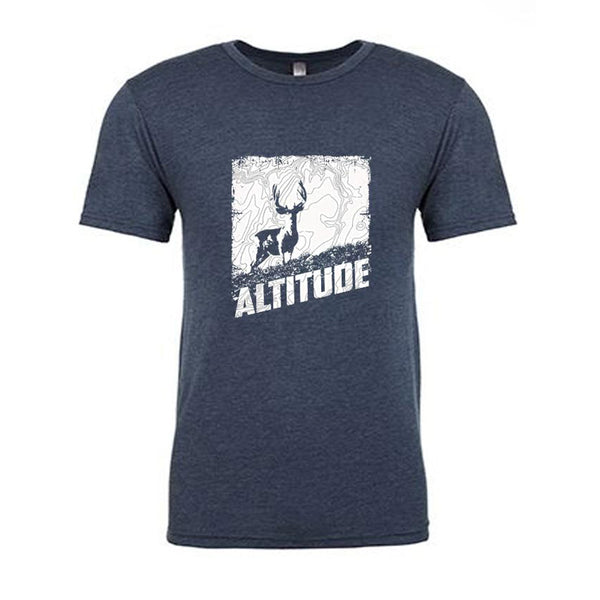
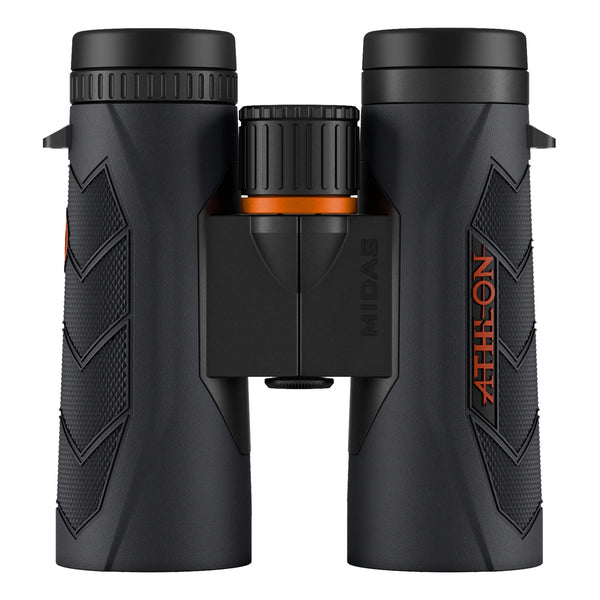
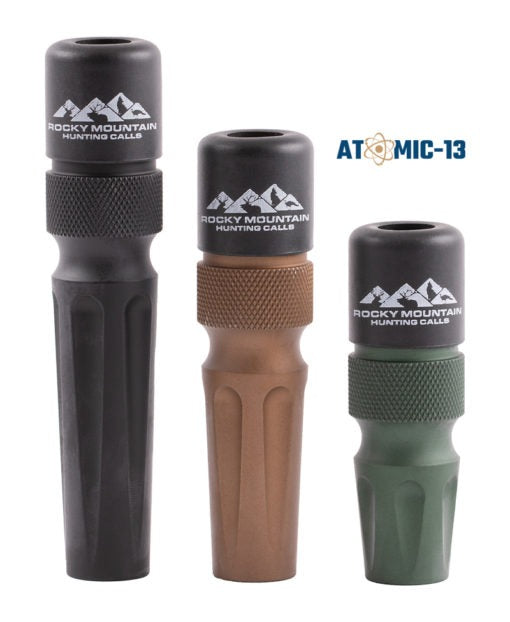
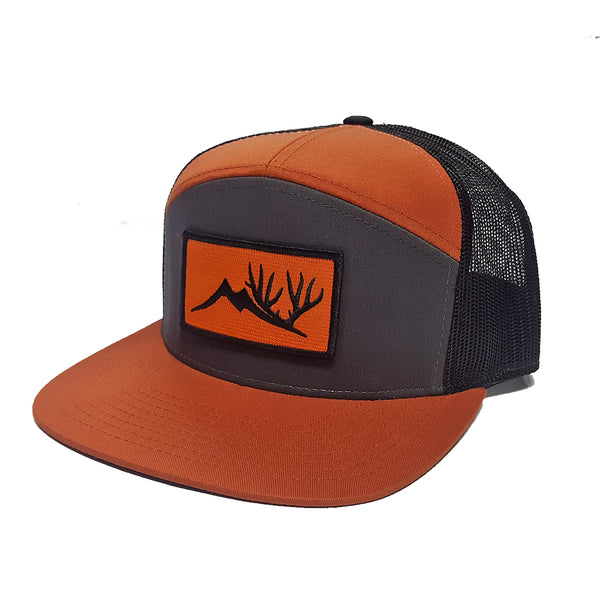
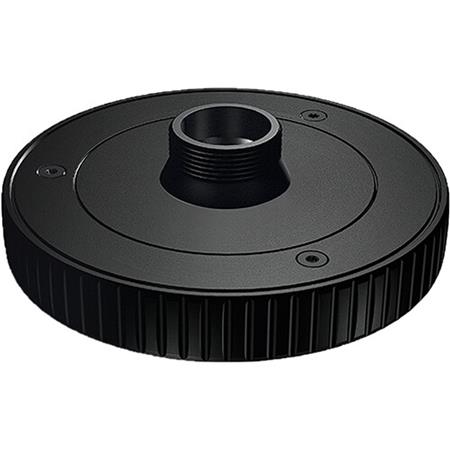







Leave a comment